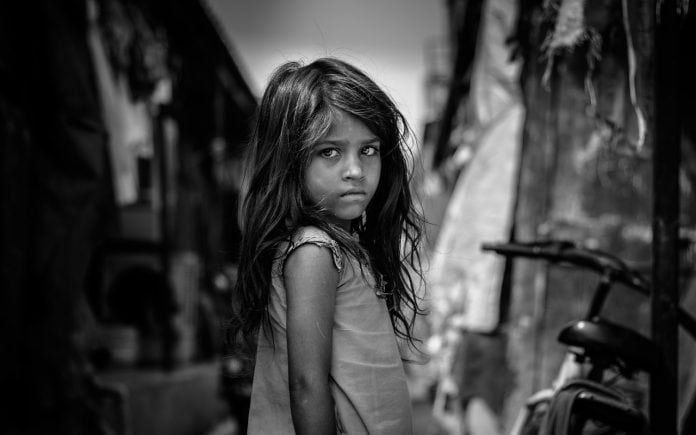
Education is a crucial resource for kids all over the world. Have you ever wondered what it’s like to go to school in other countries? Each country has different circumstances under which children attend school.
It’s a sad truth that in some parts of the world, students have to overcome challenging circumstances to even get to class despite the war, political unrest, and poverty, while others enjoy the perks of elite educational institutions.
Here’s a glimpse of the state of schooling around the world.
Quick World Facts
According to UNESCO, there are approximately 1.29 billion students on earth, which is 17% of the world’s population. One out of 3 adults have completed their studies in the university before they are 30, and 1 out of these 5 adults are in developing countries.
The number of students will continue to grow. In his book, Higher Education consultant Bob Goddard says that by 2025, there will be a total of 262 million students around the world enrolled in higher education. Migration for education purposes will also be a popular choice for most students, as it is predicted that 8 million students will travel around the world to study by 2025.
Education Compared
- Children in Finland don’t start school in ages 6th or 7th but rank first in Science and Maths
- In India, theirs is a large gap in literacy rates between boys (88%) and girls (74%)
- Only 34% of adults in Australia have Bachelor’s Degrees. By 2050, the goal is to reach 40%
- In the Philippines, significantly more girls than boys attend school
- Russia has a 97% enrolment rate – that’s a high rate compared to other countries
- At age 18, students in Germany have the option of becoming an apprentice in a career they choose to pursue
- South America and Europe have youth literacy rates of 90-100%
- In the sub-Saharan region, 11.7 million children leave school before completing their primary education
Education in the UAE
The United Arab Emirates (UAE) is ranked as one of the best in terms of quality of life. It is no surprise that it is also one of the countries which prioritize education. In the UAE, 60% of all students attend public schools which offer free education for citizens of the UAE.
About 87,000 students in the UAE were enrolled in tertiary education, of which 80% are female.
In most developing countries, public school is not free. The costs of books, uniforms, and teachers’ salaries are borne by the student’s parents.
Out of School
Around the world, 59 million children are being denied an education. Sixty-five million adolescents don’t have access to secondary school. There are 75 million children with disrupted education due to conflicts and natural disasters.
While other children are deprived, some students have chosen to dropout of school for personal or financial reasons. As of 2012, there are 31 million primary school children who have dropped out from school.
Gender Gap
The gender gap in education is real and it exists until now. Not all male and female children have equal opportunities when it comes to education. This is affected by factors such as culture and poverty. Data from research suggests that nearly 15 million primary school-aged girls will never have the opportunity to read and learn in primary school. Meanwhile, there are 10 million boys who can’t have the same opportunity.
Boys are more likely to repeat grades or drop out from school. On a global scale, 2 out of 3 illiterate people are women. This translates to 53% of the world’s out-of-school children are girls.
Illiteracy around the world
While Literacy is a good measure of educational achievement in developing regions, Illiteracy, on the other hand, is a major problem that every nation must address. The United Nations defines an illiterate person as someone who cannot, with understanding, both read and write a short, simple statement on his or her everyday life. A person who can only read but not write, or can write but not read is also considered to be illiterate.
There are a total of 774 million people in the world who are illiterate.
- In Afghanistan, 28% are illiterate, where only 12% of women can read.
- Nigeria, Pakistan, and Ethiopia have over a million girls who are not in school. Nigeria has 5.5 million; Pakistan has 3 million, and Ethiopia, 1 million.
- The African continent has areas with less than 50% literacy among children aged 18 and under.
Amid these differences, one thing still hasn’t changed. The power of learning can help kids all over the world reach their full potential. As United Nations put it, “Education is the human passport to development.”




































